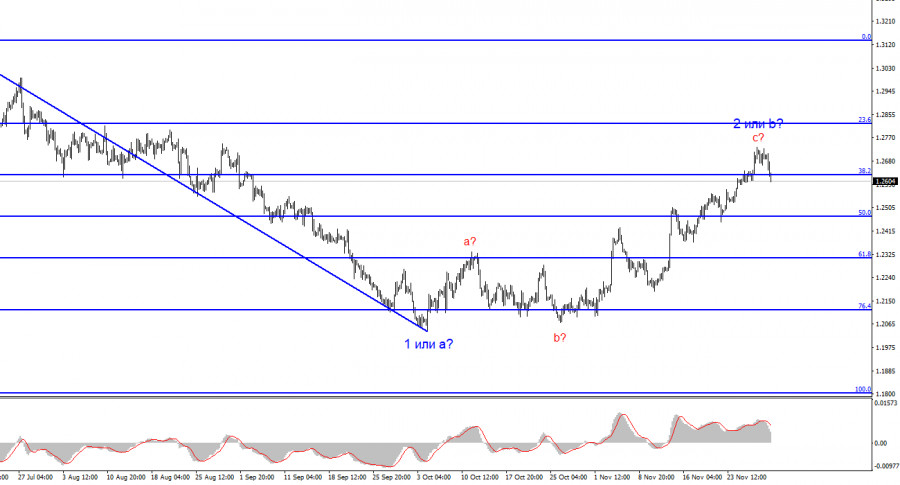
Inflation in the United Kingdom remains consistently high, although it has decreased to 4.6% in the last six months. Recall that Bank of England Governor Andrew Bailey and some of his colleagues promised to reduce inflation to 5% or below by the end of 2023. At the moment, we can say that they have managed to keep their promise, but inflation in Britain remains persistently high, with wages growing at 8% annually, and core inflation currently standing at 5.7%.

Judging by data on price and wage inflation, we can see that the BoE is currently the closest central bank to a new interest rate hike. Recently, we have repeatedly heard that the British central bank prefers to keep the rate at its current level for a period long enough to return inflation to 2%. However, such measures may not be enough.
BoE Monetary Policy Committee member Catherine Mann said that the prospects of maintaining the current inflation could compel the central bank to tighten monetary policy more than it is doing now. Mann said that the current BoE policy can be considered "sufficiently restrictive" only for a very short period and exerts relatively weak pressure on price growth. According to her, many companies expect inflationary pressures to persist in 2024. Accordingly, the BoE may tighten its policy once again.
This is the factor that can desynchronize the pound and the euro. The European Central Bank has no grounds to raise rates after the latest inflation report. Moreover, it may move to rate cuts in the near future. If we believe Mann's words, the BoE may need another rate hike, and the probability of such a scenario is quite high. This is a factor that can support the pound but not the euro.
In conclusion, I expect both instruments to fall. The BoE has not given any signals of readiness to move from words to action. In the last meeting, only three members of the Committee voted for a rate hike. Therefore, the euro and the pound can safely decline for now.
Based on the analysis, I conclude that a bearish wave pattern is still being formed. The pair has reached the targets around the 1.0463 mark, and the fact that the pair has yet to breach this level indicates that the market is ready to build a corrective wave. It seems that the market has completed the formation of wave 2 or b, so in the near future I expect an impulsive descending wave 3 or c with a significant decline in the instrument. I still recommend selling with targets below the low of wave 1 or a. But be cautious with short positions, as wave 2 or b may take a more extended form. A successful attempt to break the 1.0851 level could signal a decline in the instrument.

The wave pattern for the GBP/USD pair suggests a decline within the downtrend. The most that we can count on is a correction. At this time, I can recommend selling the instrument with targets below the 1.2068 mark because wave 2 or b will eventually end and at any time. The longer it takes, the stronger the fall. The narrowing triangle is a harbinger to the end of the movement.